PRA or Participatory Rapid Appraisal as a tool empowers local people in taking active roles in studying their habitat, environment, strength and weaknesses. Identifying priorities for development activities within the community is an important aspect of PRA exercises. Possible options for development through community participation has increasingly become one of the most crucial components of urban planning and development. Participatory planning plays an important role in promoting planning process as an integral component of addressing solutions to town planning and development.
With town planning, there is also a responsibility to acknowledge the impacts of severe Climate Change in the coming years. Drought has already hit places such as Sudan and Darfur that could possibly render the areas uninhabitable. It has also been spreading steadily to places like Maharashtra and Punjab. There is a possibility that drought may encroach the North East if we don’t act fast today to identify and understand the implications of how we live and the impacts of surface precipitation. In the last 5 decades, we have noticed drastic changes in our biodiversity due to the unsustainable practices for growth.
The Khweng Community, in Ri-Bhoi District, Meghalaya approached NESFAS to learn how to initiate introductory projects by using local resources and local innovations. Dr A.K. Nongkynrih, HOD of Sociology, NEHU, highlighted the important aspects of the application of PRA exercises conducted in Khweng in the last one year. Two important issues identified during the PRA exercises include the school and water issues. The objective of the PRA exercises focused on mobilising the community, to take active steps on their own for planning the village and picturing Khweng after 20 or 30 years. Dr A. K Nongkynrih also discussed the importance of having a Youth Club in the community since the youths will be the pillars and supporters of the community in the coming days. Dr Nongkynrih mentioned, “Community leaders need to develop and establish active measures of ‘We Feeling’ among the youth who shall carry on ownership and cooperation”.
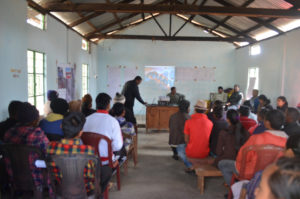
Steps were also provided to be followed in relations to water/river management: distance for constructing houses near the rivers should at least be 50 meters away, abundant trees should also be planted and the practice of traditional knowledge is encouraged.
According to Dr Nongkynrih, today’s generation is the one building up the future generation. He said, “The future does not come by itself; we will have to build it”. With regards to school and education, it is up to the community to take active steps to achieve the Upper primary school. The School should also ensure to have a playground, enough water supply, electricity, kitchen, and other necessities like proper drains, dustbins, toilet, enough rooms, library, etc. “Education is a wealth framing the future of the village. When we frame education, we are framing for 100 years from now” said Dr A.K Nongkynrih.
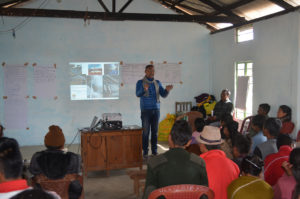
In Khweng, the community through various PRA exercises conducted over the last couple of months has come to realise their ability, understand the strengths and weaknesses. Even the youth realise the impacts of the environment as the village grows; when the population grows, there are more houses required to be built, the water springs, the forest and the farmlands might also be affected. In town planning, the community also realises the impacts of having their houses built near the rivers, after understanding the present condition of Shillong and the houses near Wahumkhrah.
With community participation, there are answers in the village itself, that are hidden in their knowledge; the real scientist. The community can contribute to their self-development holistically by using local resources and local technologies with modern innovations and can promote first-hand sustainable practices. For instance employing the ‘Liter of Light’ concept or adopting the use of bamboo to make their homes. There are possibilities of highlighting and showcasing these new innovations being used to build a house. The use of mud block instead of cement block to build houses is another alternative that can address, it not only creates a more comfortable environment to live in during the winter months but also has the possibility to create livelihood opportunities for the youth.
The PRA exercises conducted with NESFAS resulted in the community of Khweng to point out by themselves what is needed within the next couple of years; the impacts on their river, their drinking water source and the environment. The importance of Community participation in Rural Development highlighted a true picture of what the community needed.

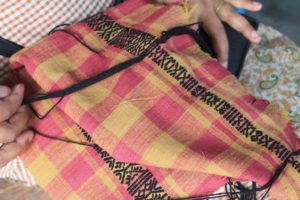
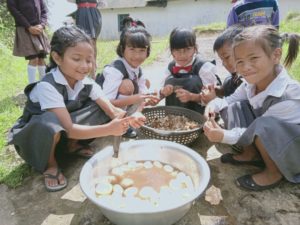
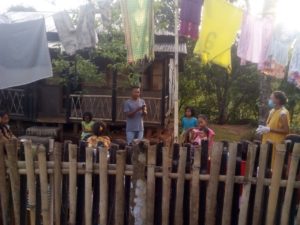
Pingback: NESFAS Held its First Ever Mei-Ramew Market - North East Slow Food & Agrobiodiversity SocietyNorth East Slow Food & Agrobiodiversity Society